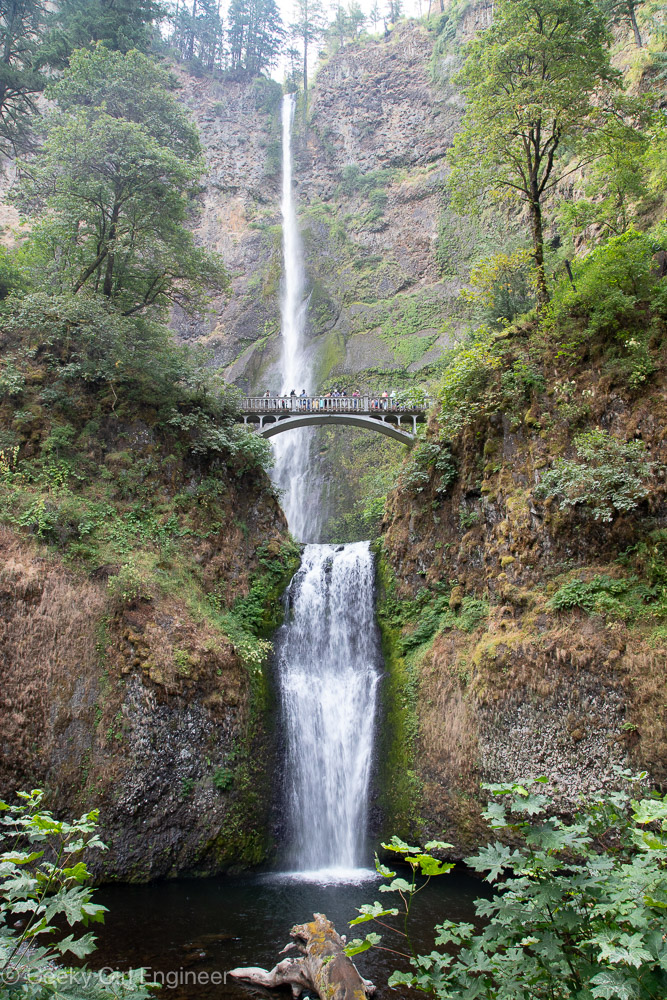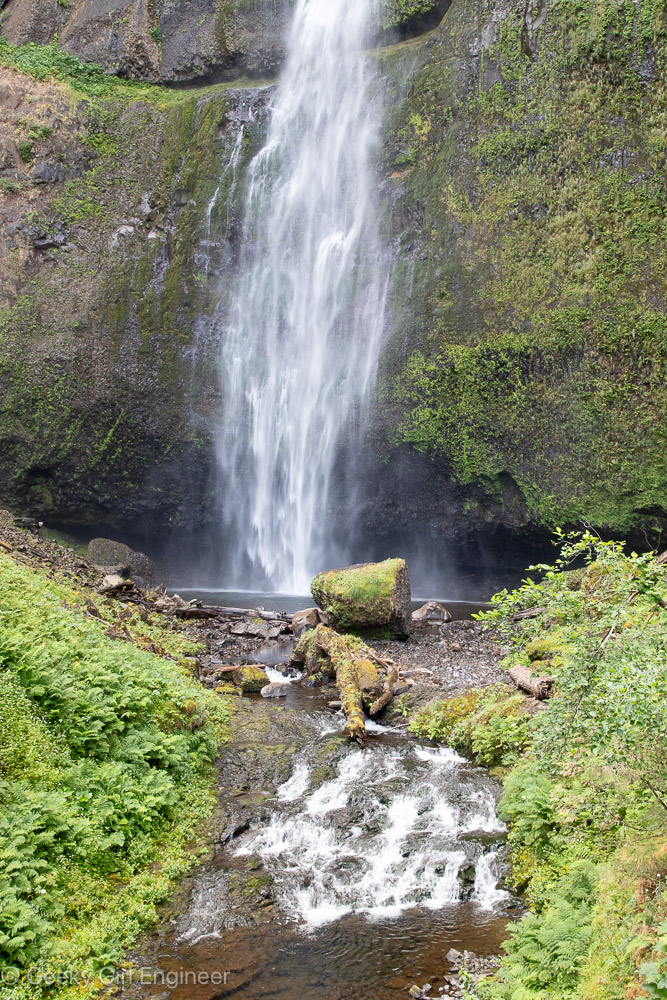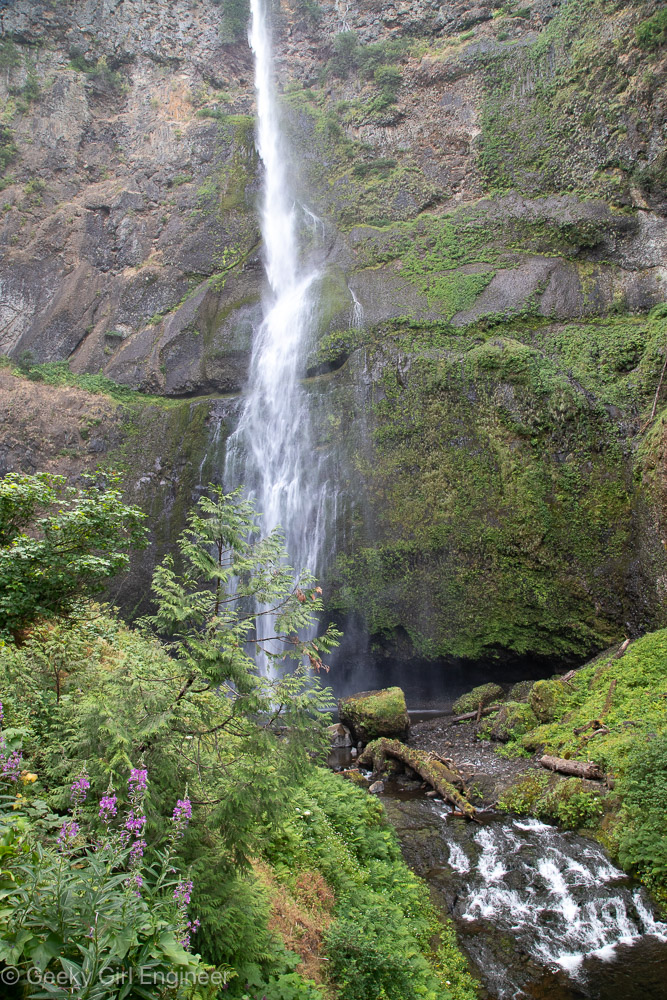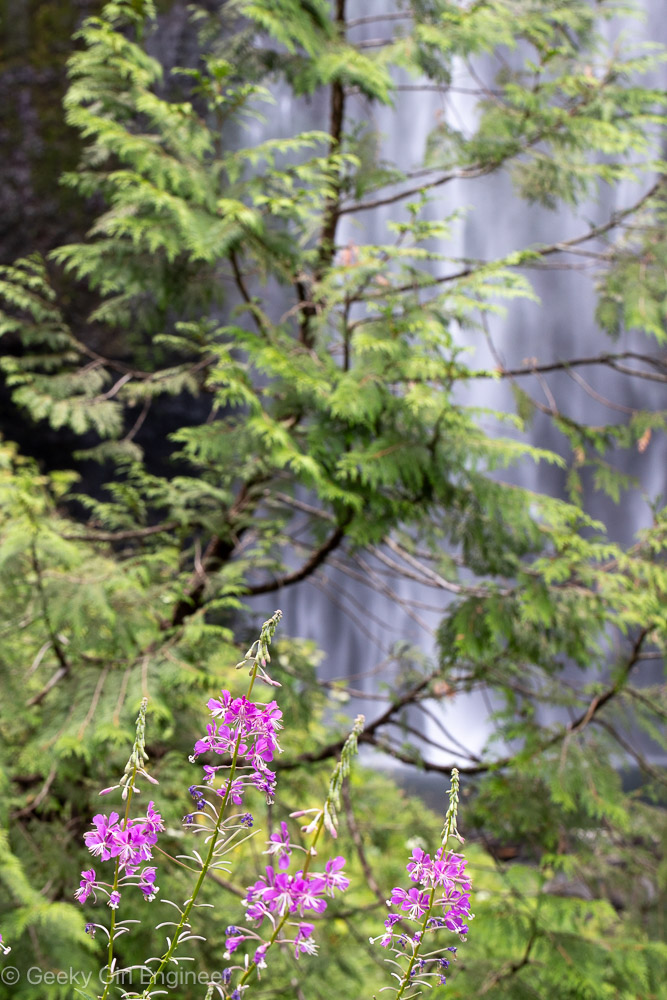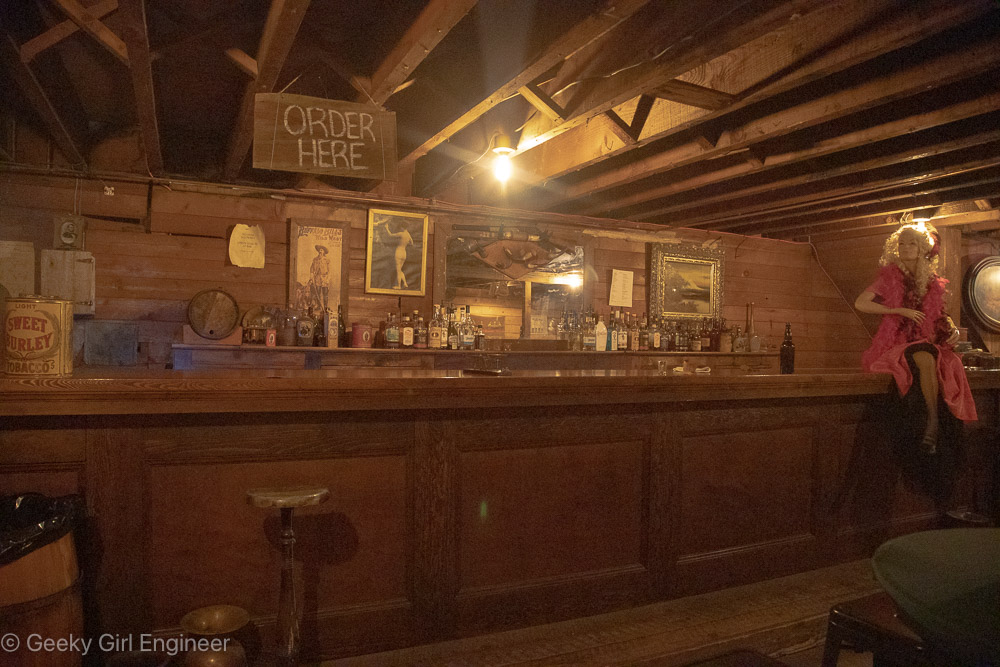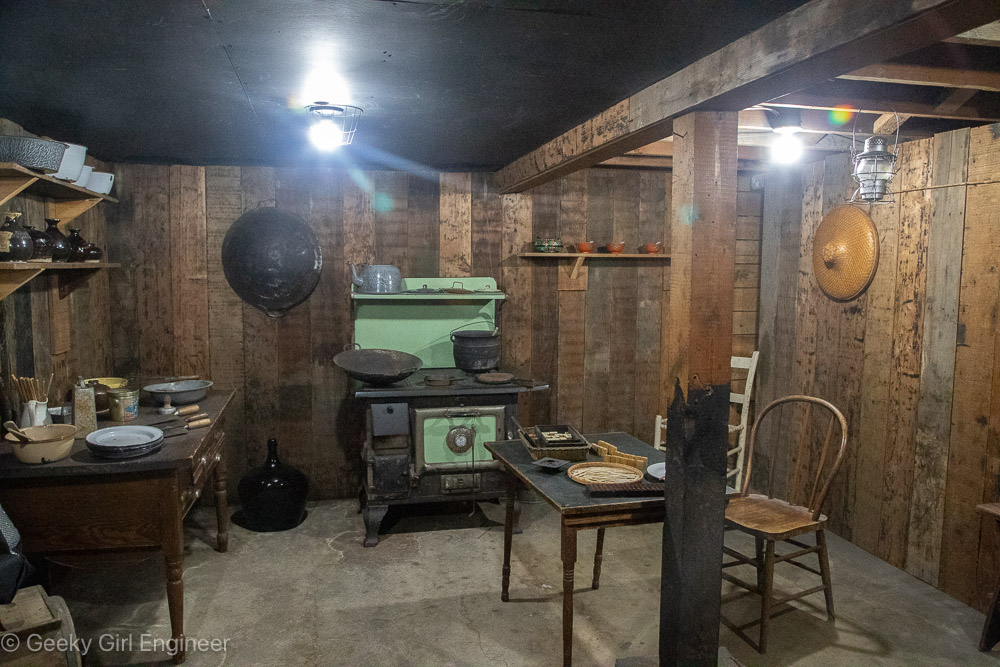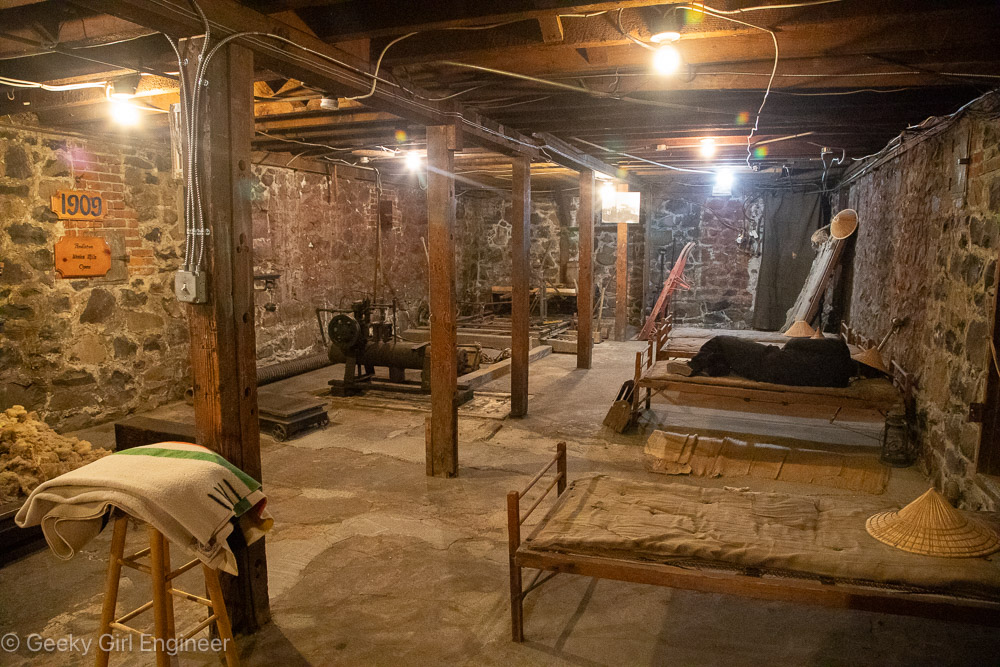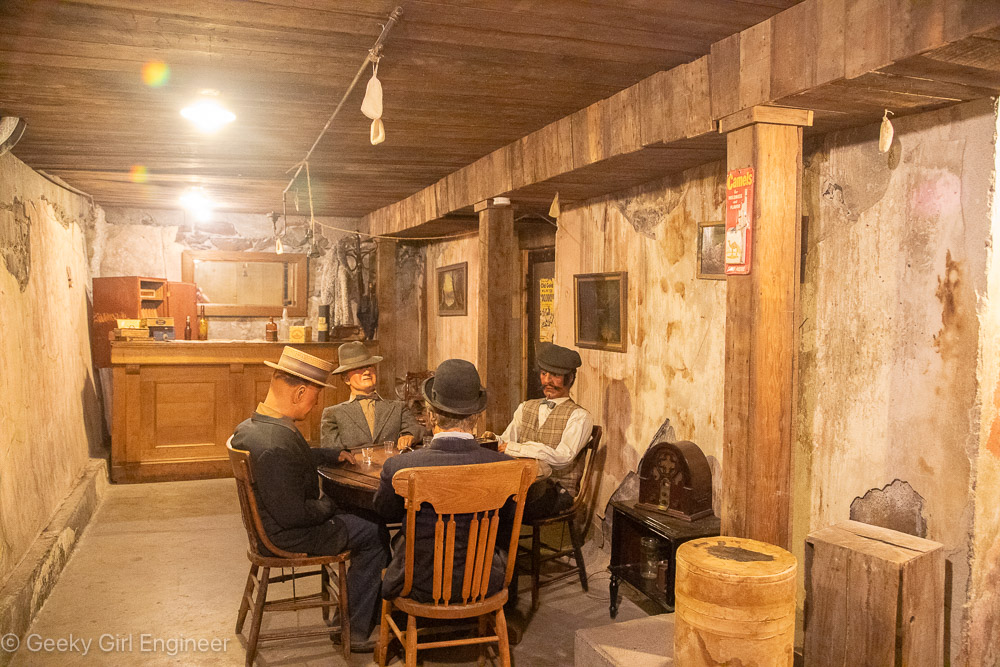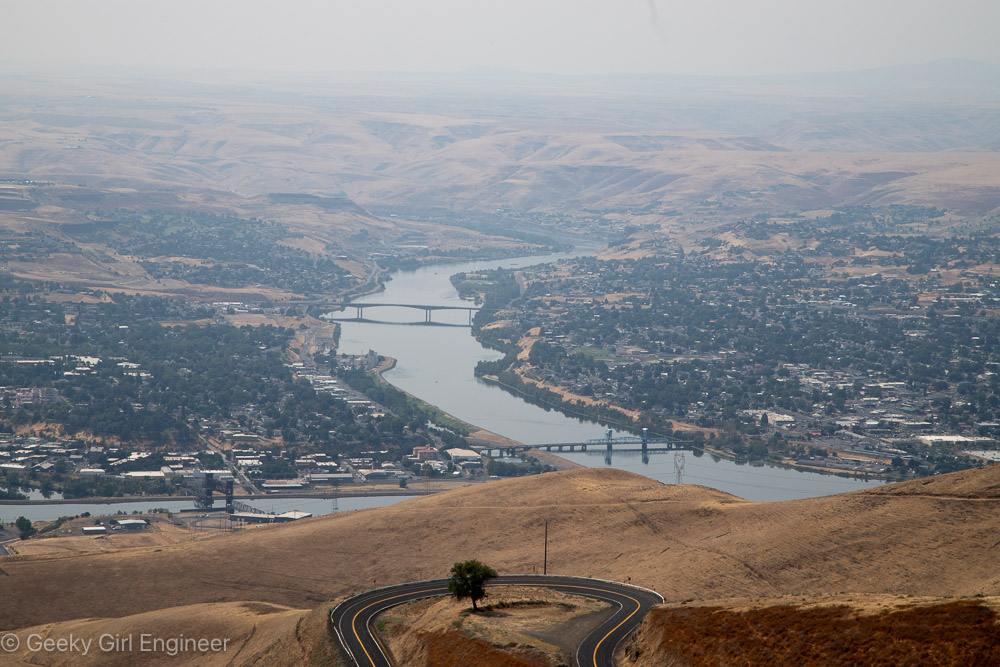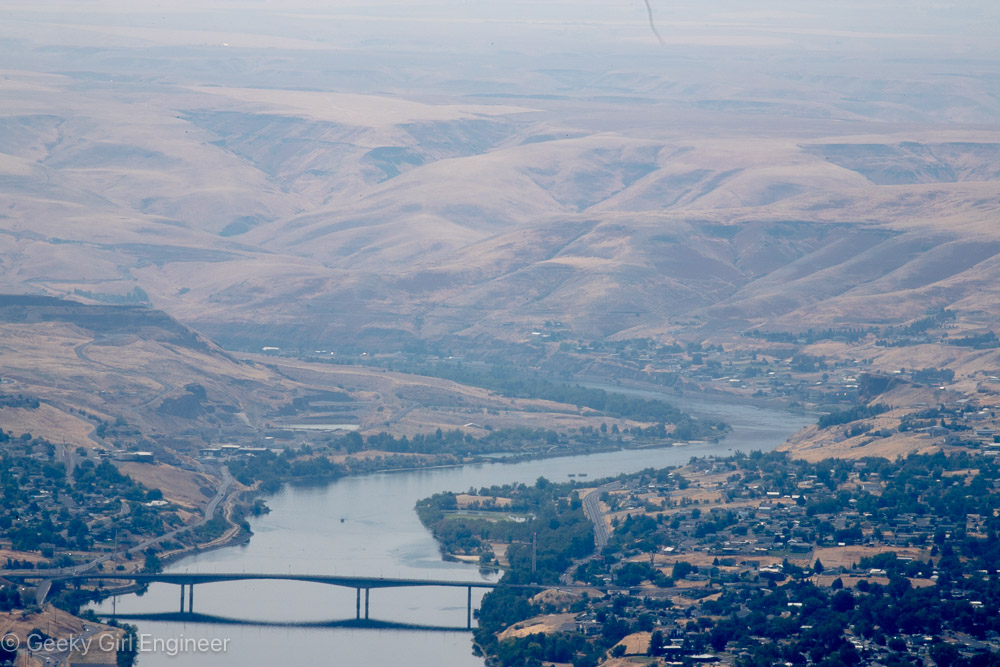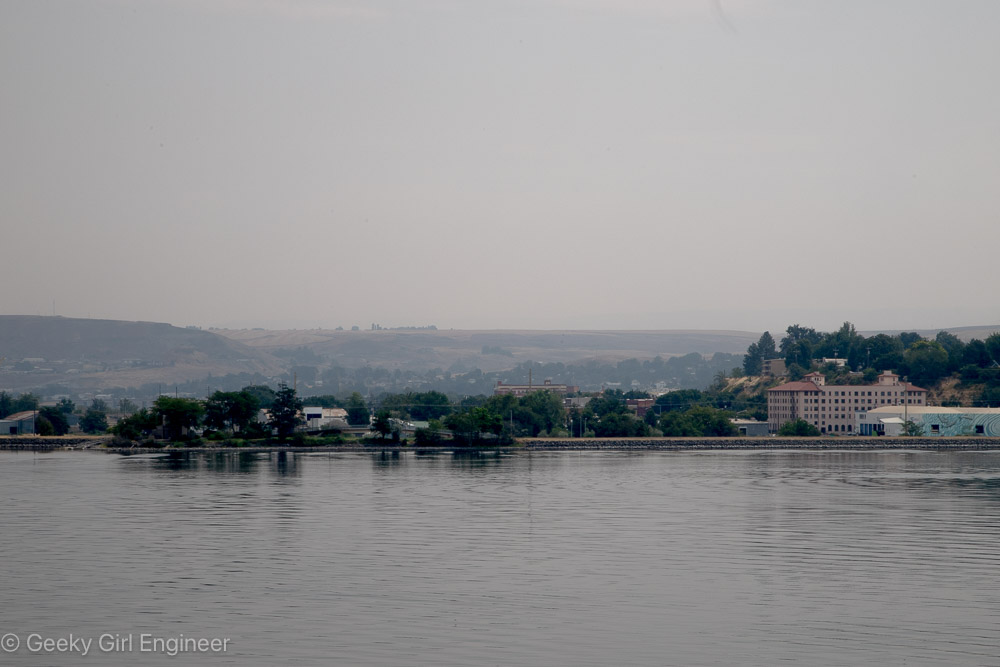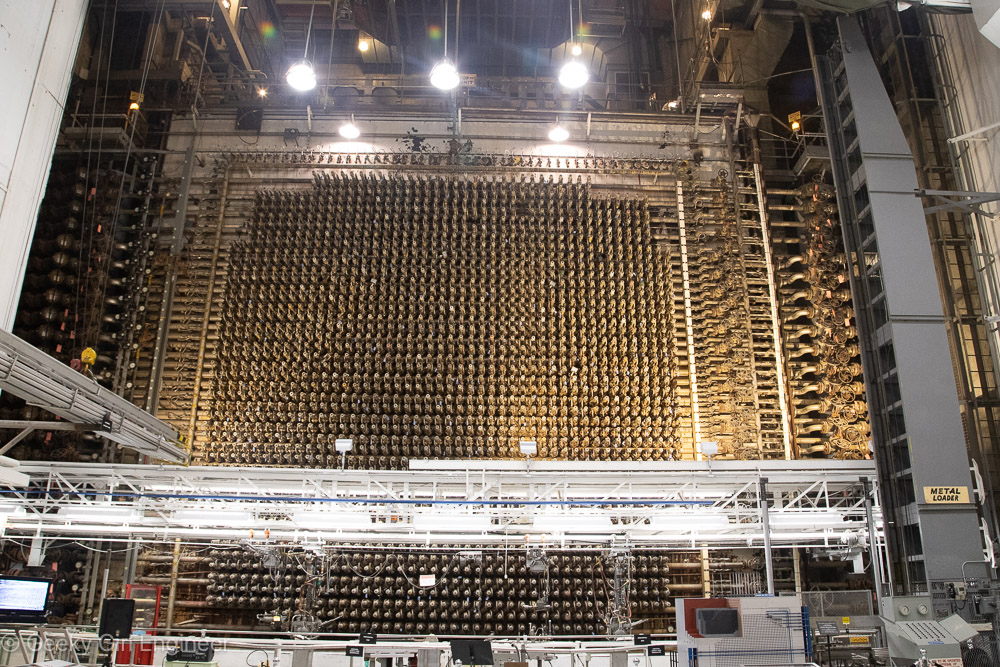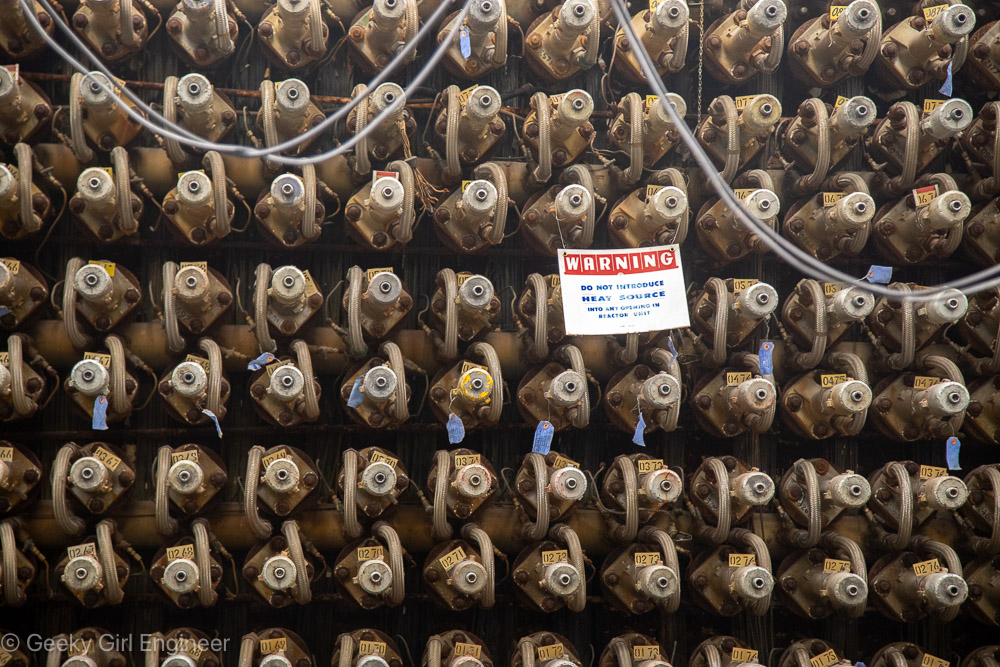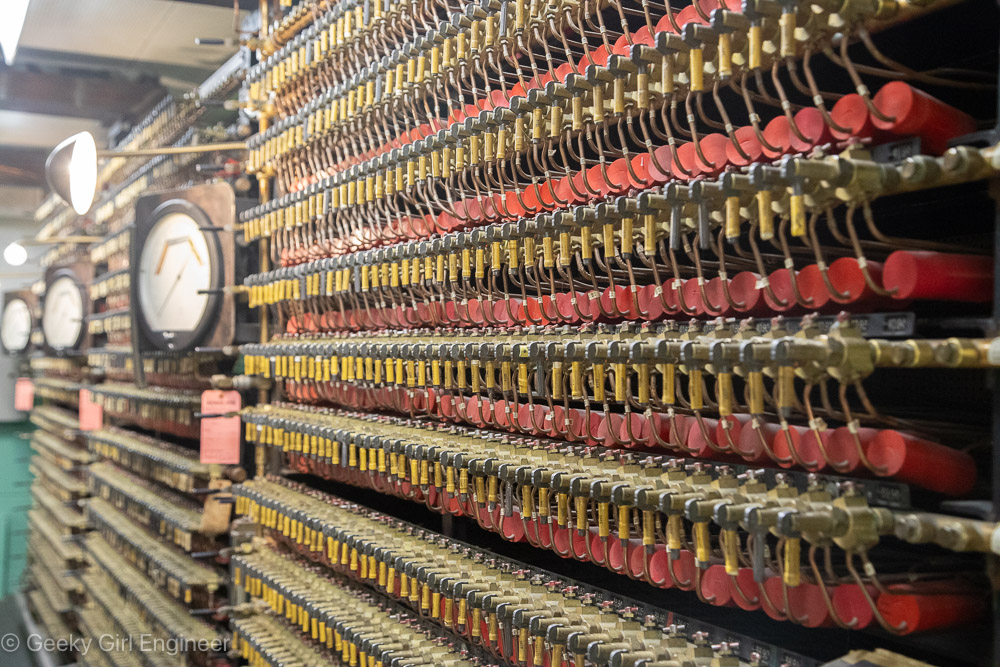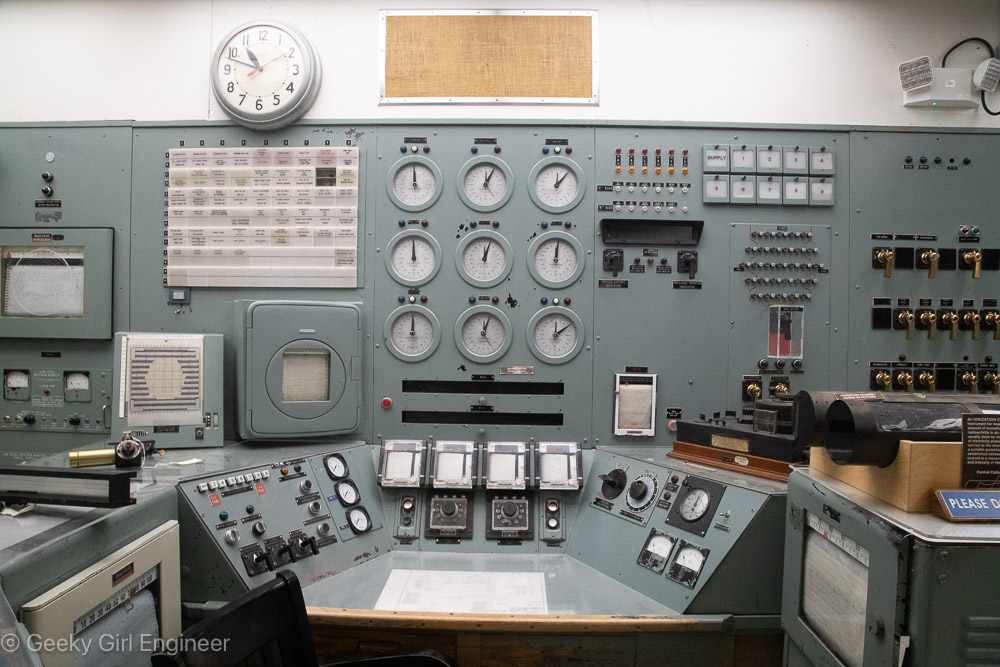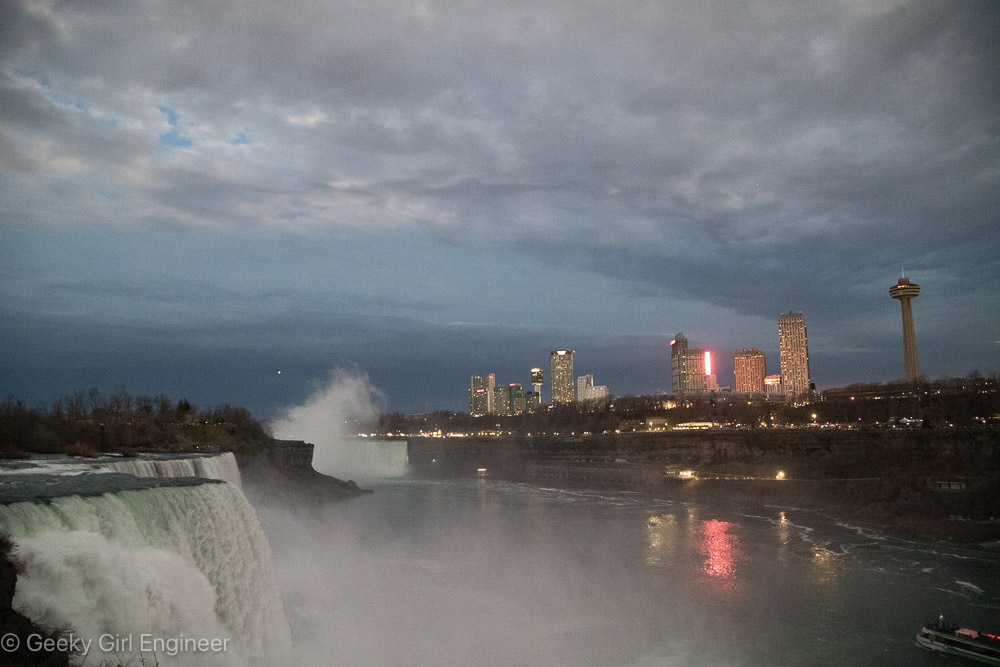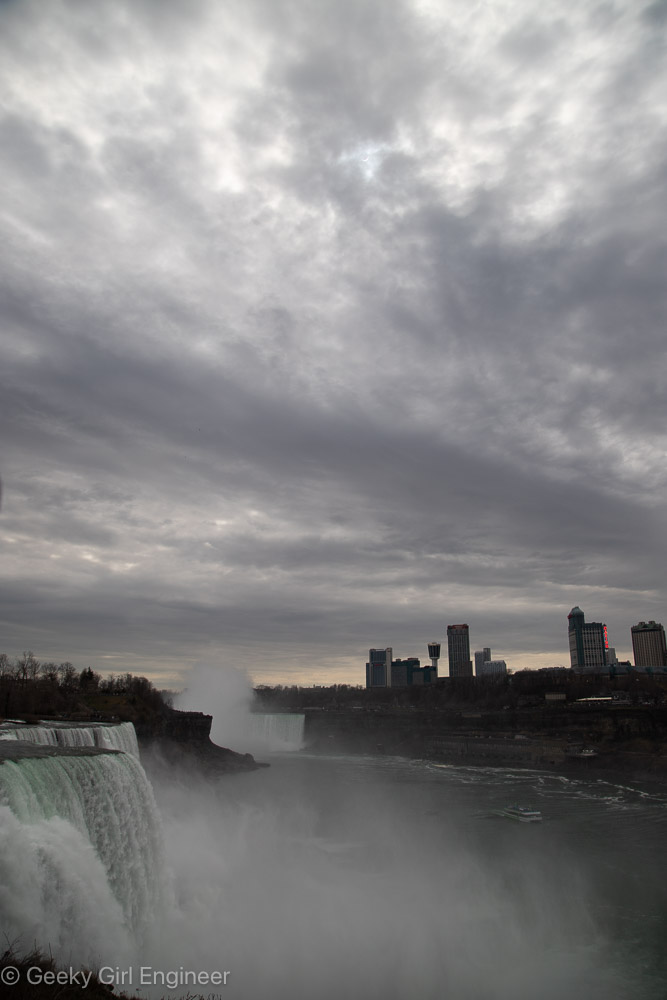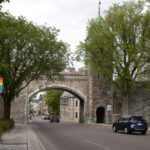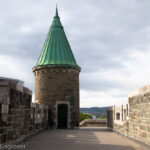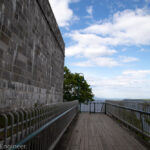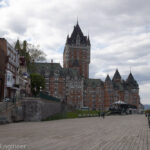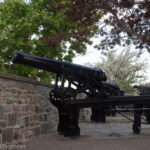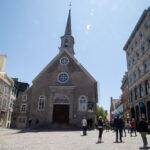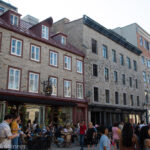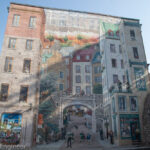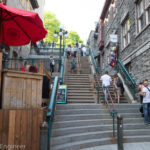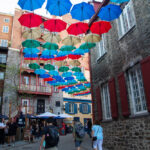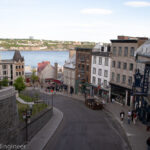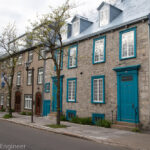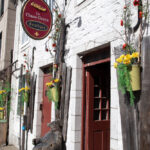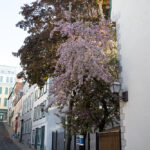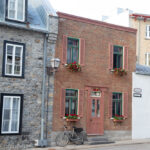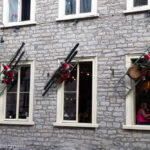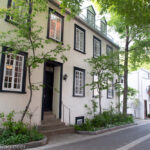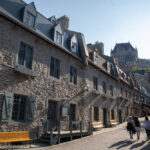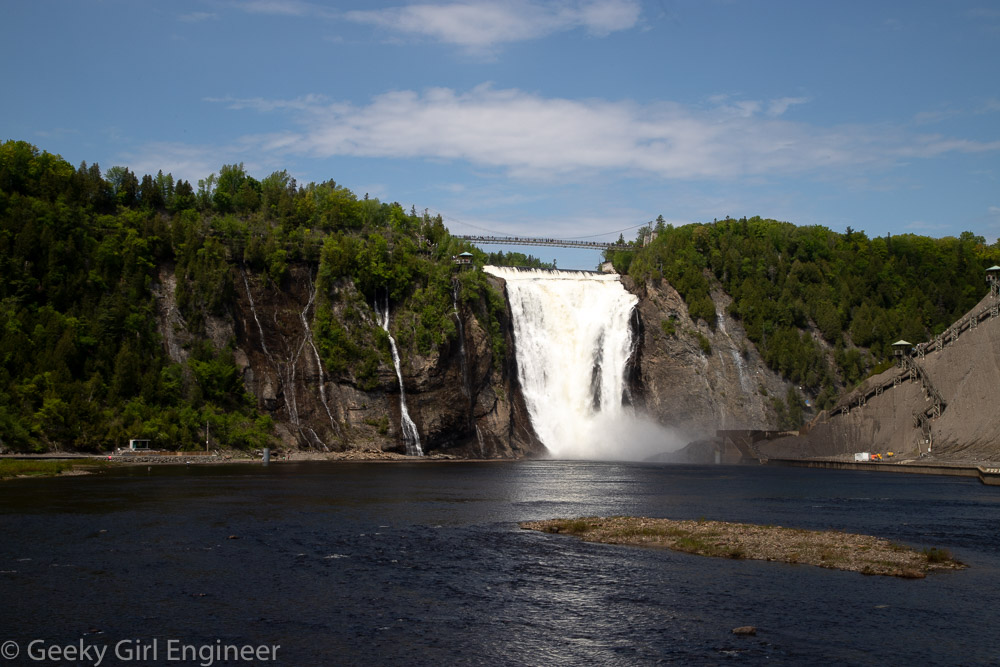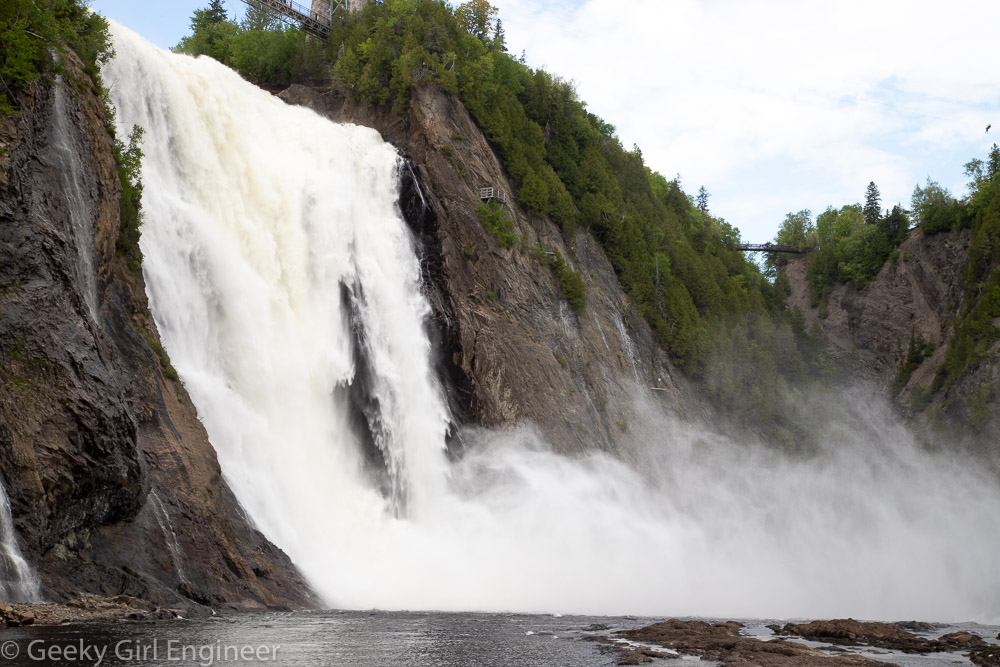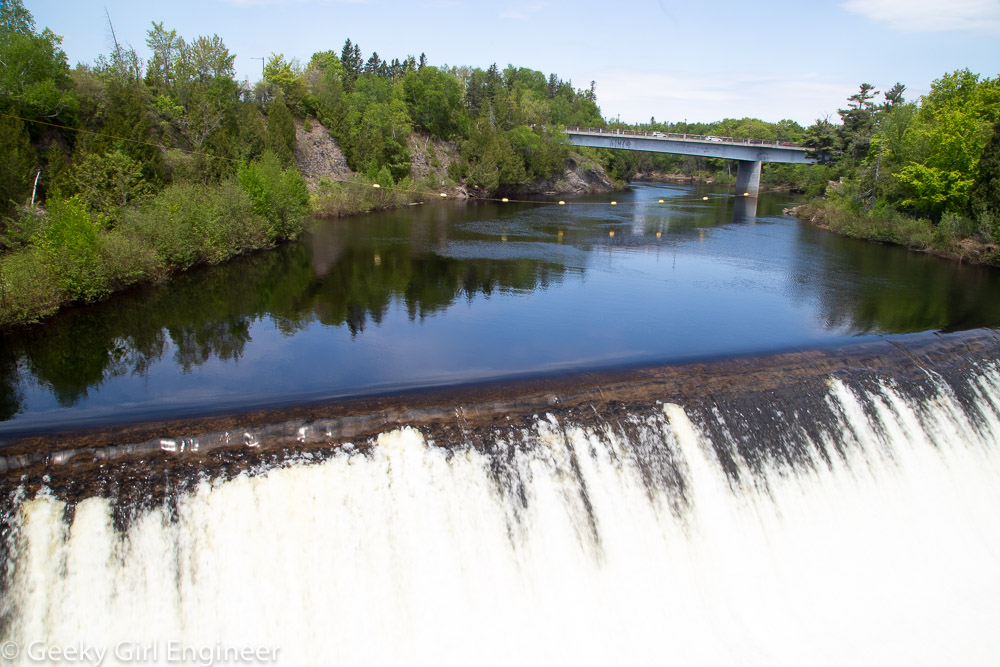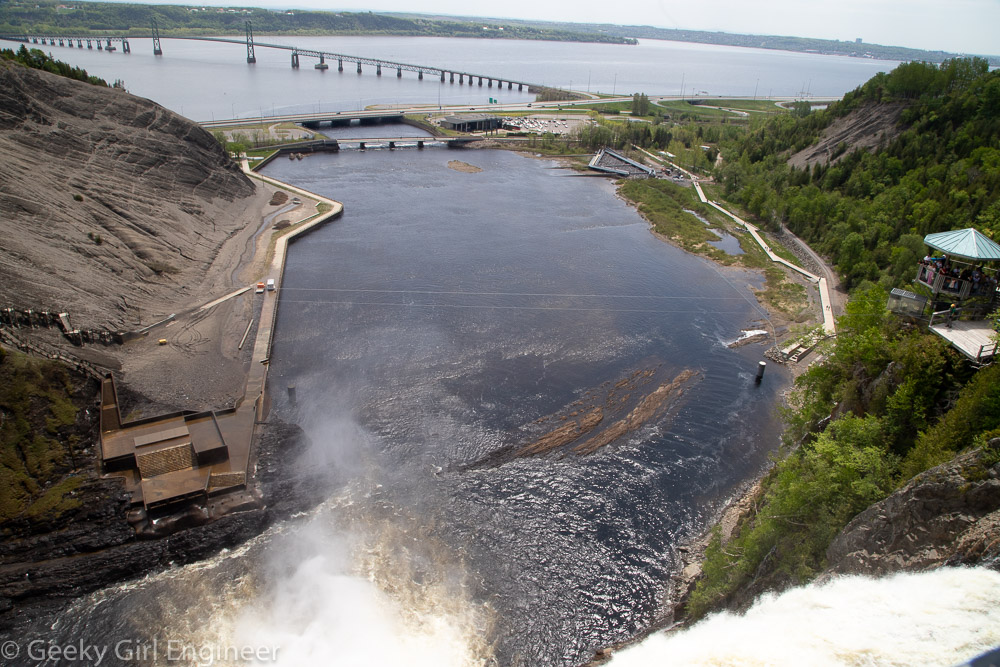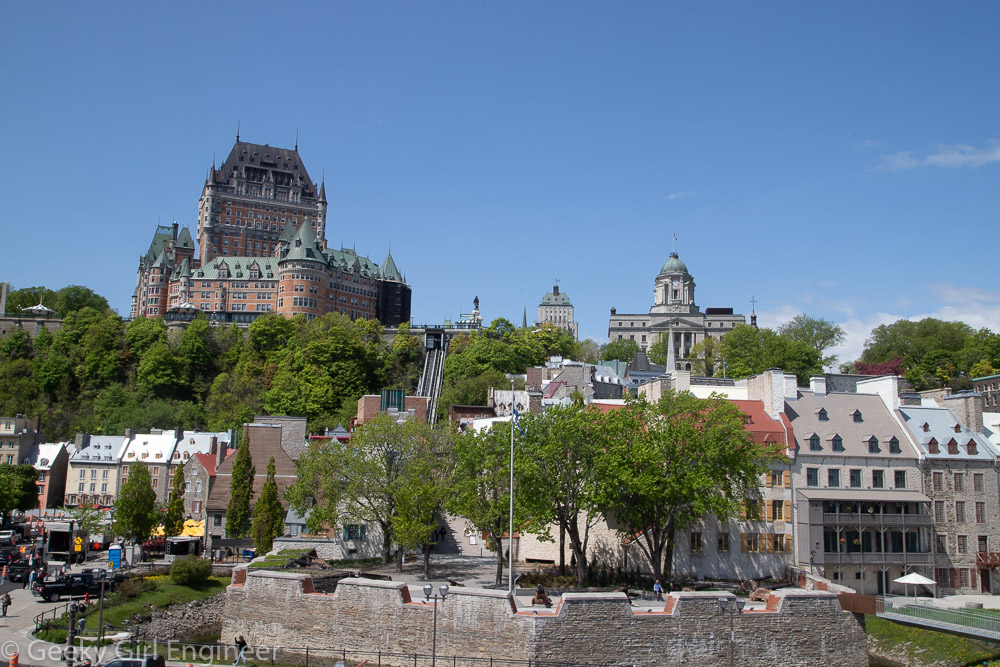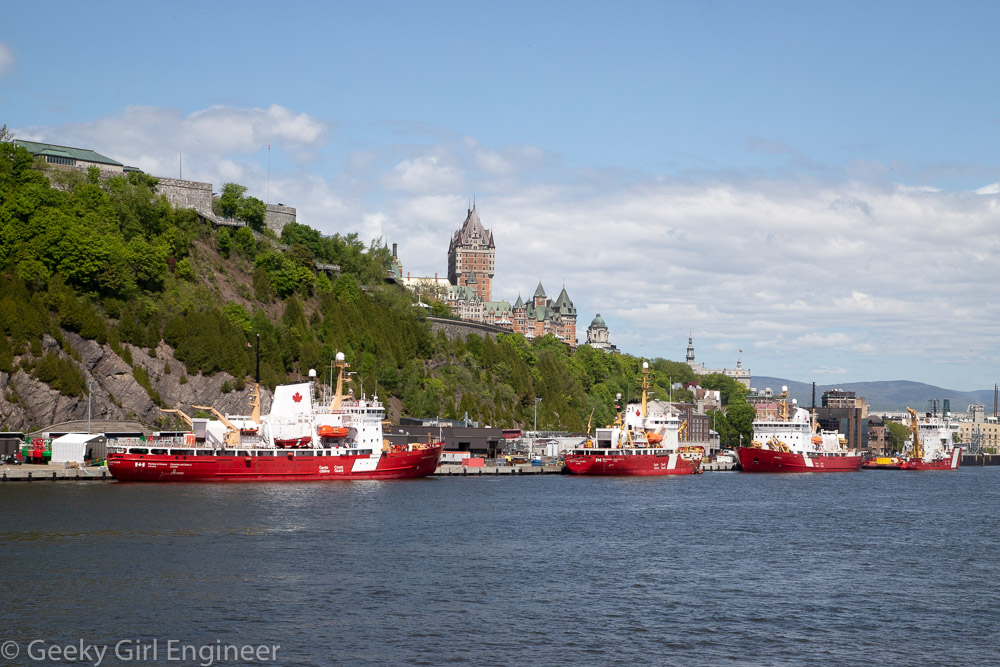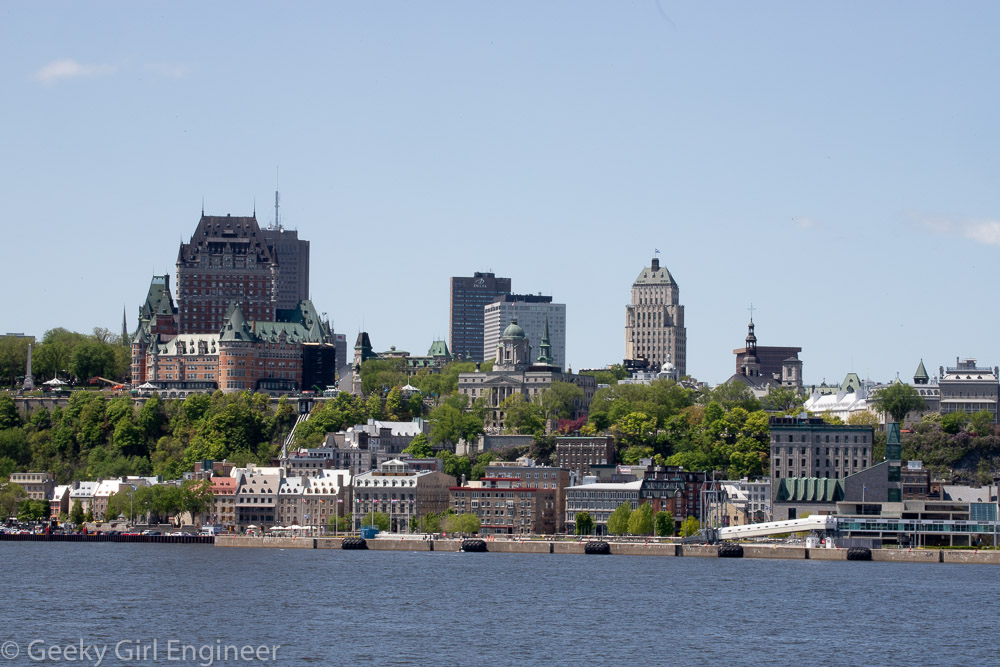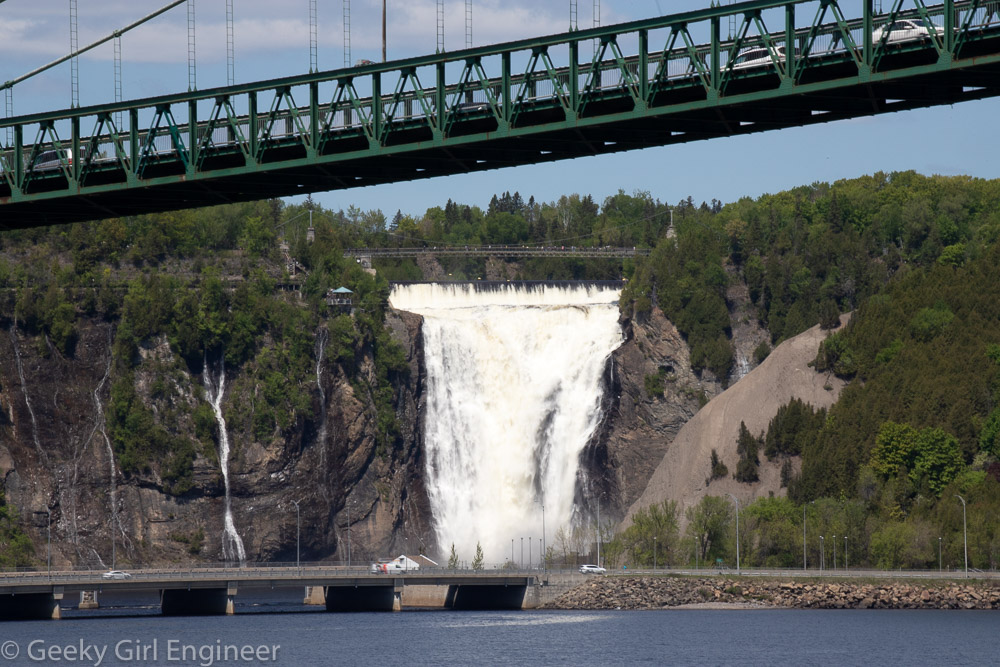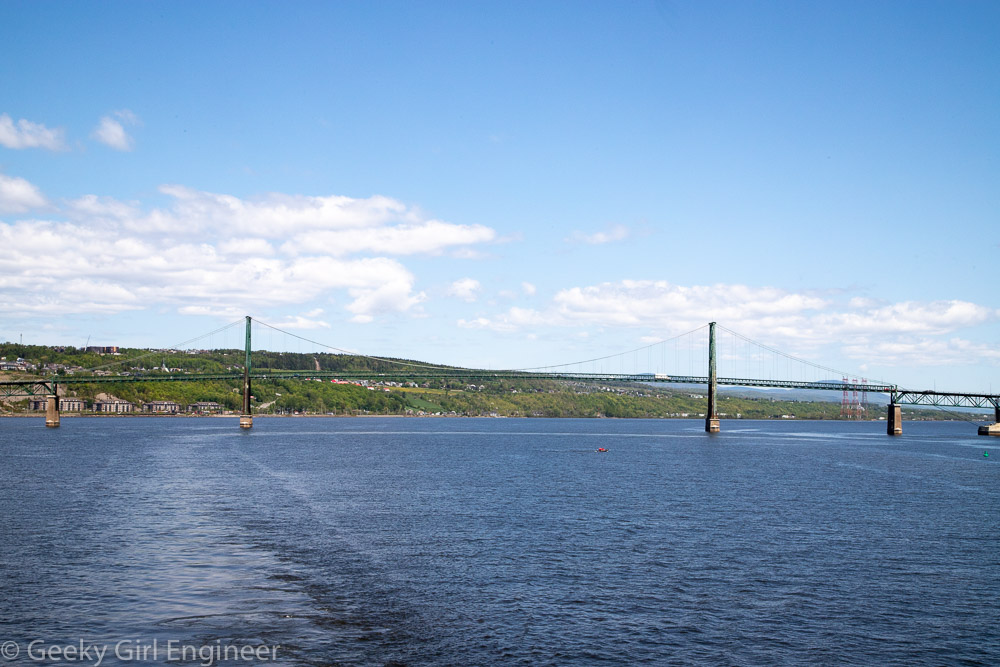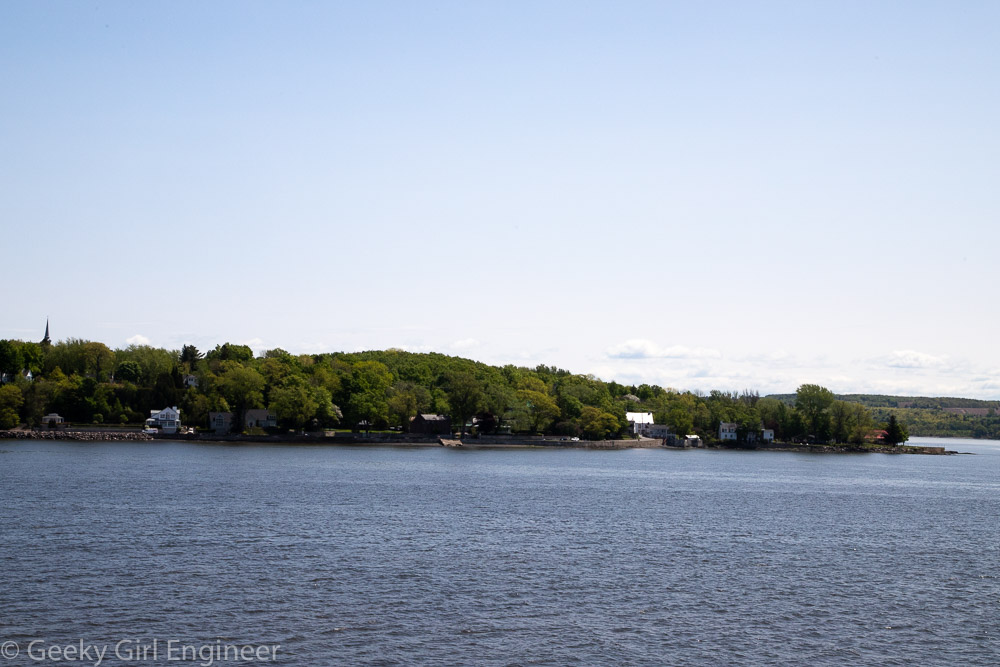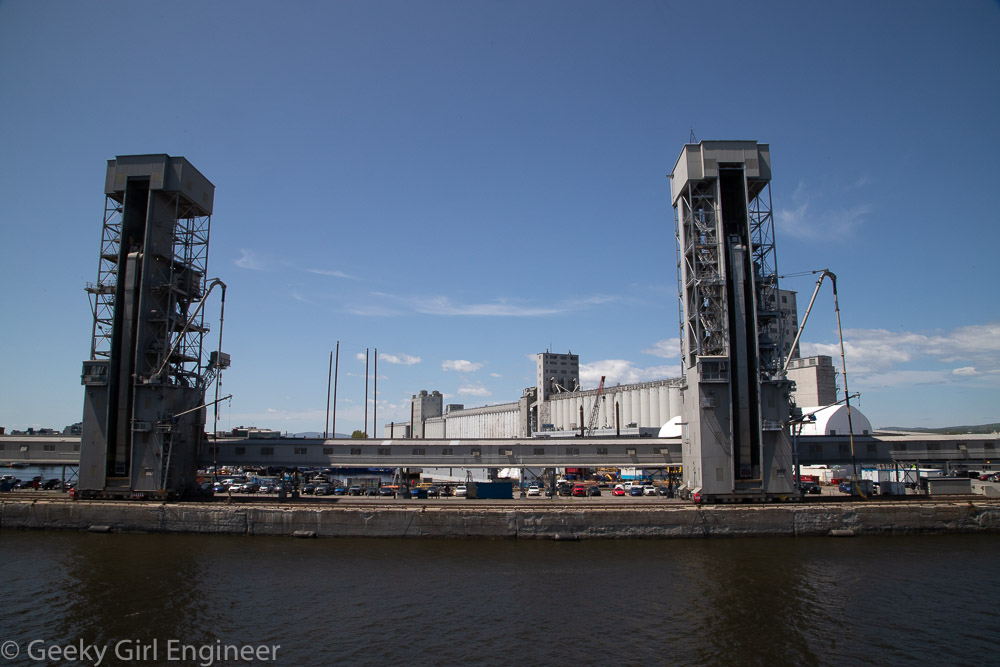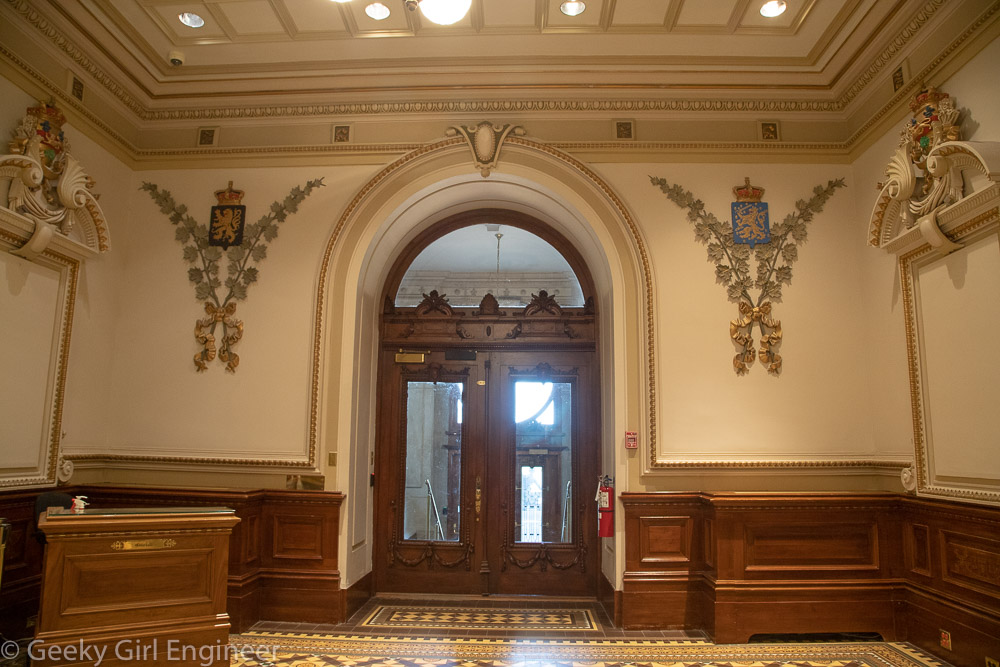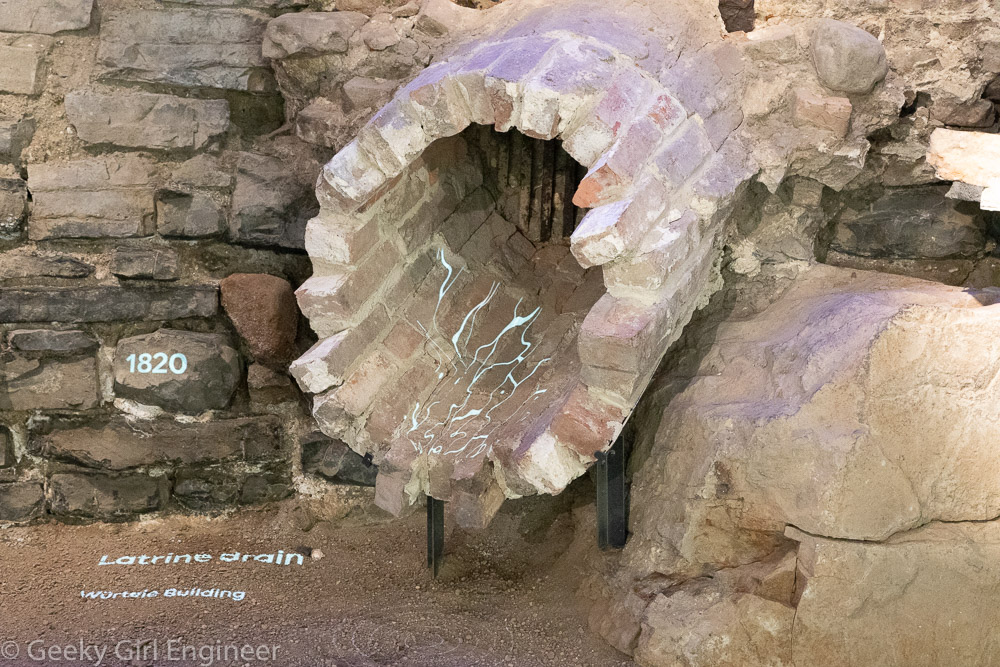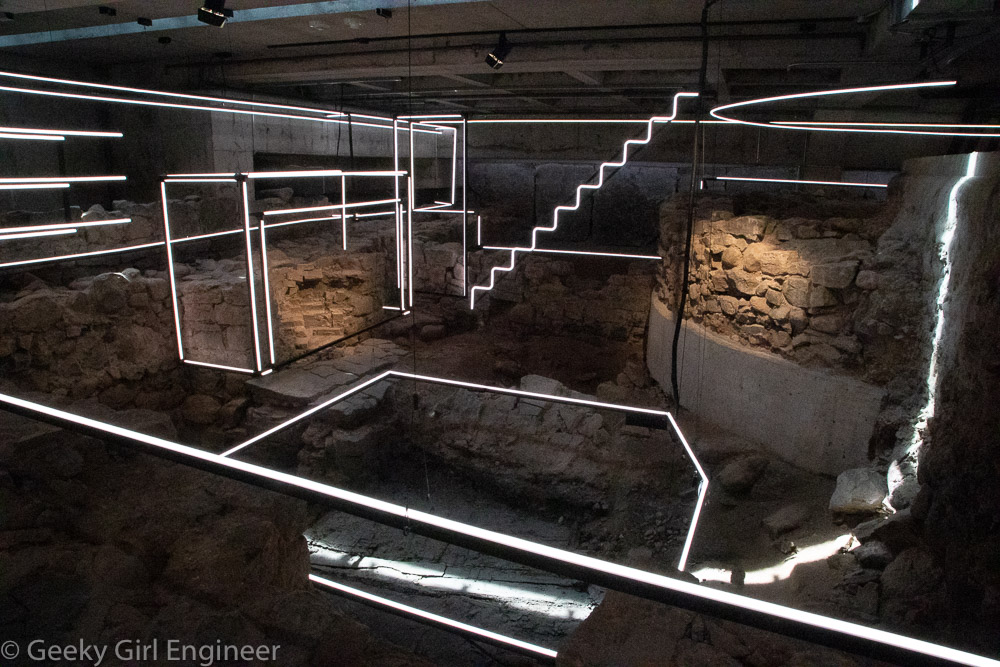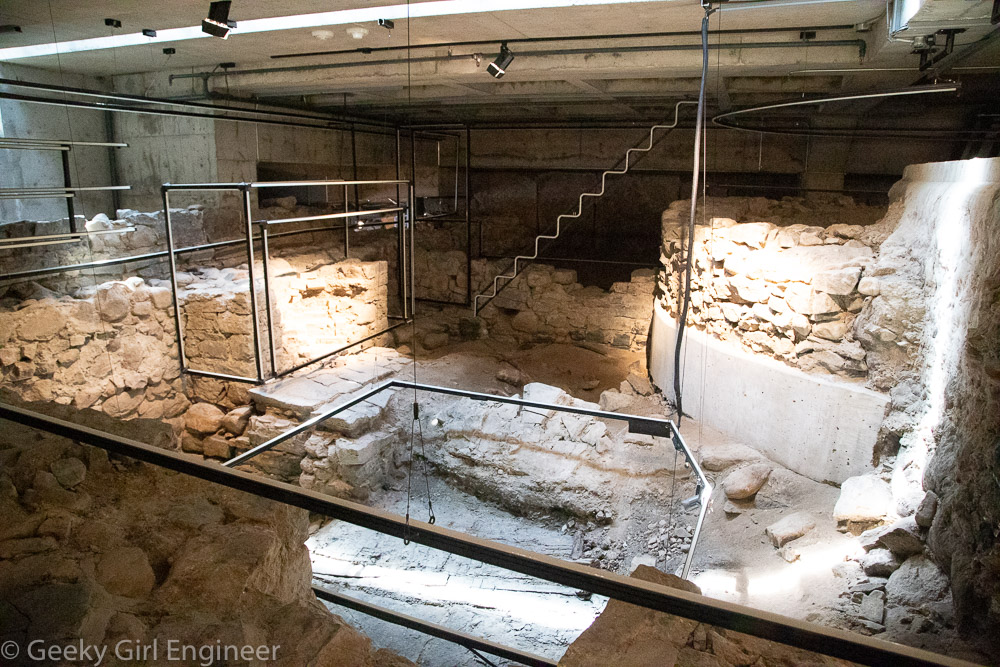I visited Multnomah Falls today while on a cruise of the Snake and Columbia Rivers. I have seen this waterfall in I don’t know how many pictures because it is rather photogenic, especially with the foot bridge that crosses in front of the upper portion of it. The area around the falls are rather pretty and what most people generally think of with the northwest. It is a 0.2 mile hike up from the first viewing area to the footbridge and not too bad of a hike.
Category Archives: Travel
Pendleton Underground
As part of the cruise of the Columbia and Snake Rivers that I am on, today some of us went on an excursion to Pendleton, Oregon. The main purpose of the excursion was to tour an underground portion of Pendleton. They started building portions of the underground in the 1800s. Underground tunnels allowed them to safely carry gold and other goods from one location to another to prevent theft. Later many bars were below ground as well as businesses. We were shown an area where a Chinese man had a thriving business washing and ironing people’s laundry. There was an old shed of sorts that was well insulated to store ice for an ice cream parlor above. There was also of course the expected speak easy used during Prohibition.
I’ve taken a few underground tours before, similar to this one. This one felt somewhat disjointed. It covered numerous time periods. They also had some examples of things that weren’t actually underground, but I guess they needed to fill the area, and also show a little above ground history. However, it got somewhat confusing understanding what had and had not actually been underground.
Lewiston and Clarkston
Today I started a cruise down the Snake then Columbia River. The cruise started in Clarkston, Washington. Clarkston is seemingly a twin city with Lewiston which is on the other side of the Snake River in Idaho. I have been planning this trip for close to two months, and it was not until night before last while staying Lewiston before joining the cruise group that I made the connection of the city names. Lewiston and Clarkston. Lewis and Clark. Almost everything in the area pays tribute to Lewis and Clark and their expedition. Why it took me so long to make the connection of the city names I have no idea. Anyway, Lewiston and Clarkston are at the confluence of Clearwater River in Idaho and the Snake River which forms the boundary between Idaho and Washington. The area is interesting geologically and geographically and pretty in its own way. There is a lot of columnar basalt in the area, which I rather love seeing. There is a overlook in North Lewiston, which provides nice views of the confluence.
Hanford Reactor B
Yesterday I went on what is pretty much a nerd tour of Hanford Reactor B. Hanford is the Department of Energy facility where they made plutonium to make nuclear bombs, and Reactor B was the first reactor built during World War II to make plutonium. It is now a National Historic Landmark. The tour included a long bus ride to the site, which gives you a better understanding of just how big Hanford is. The tour then includes several hours to wander around the building, and several presentations by docents. I still can’t quite get over the fact that the public can tour a building where they used to make plutonium, which is rather radioactive and toxic.
The science and engineering behind the facility was impressive, and I also enjoyed looking at 1940s era technology and signage. I don’t if it was that era, or the facility, or what, but there were some fun signs all over the place. There were also some hidden historical signs, like all the clocks were stopped at 10:48, which was time on the night of September 26, 1944 when the reactor achieved fission for the first time. I don’t know why, but I was amused that almost every room had a “broom” station, which were pegs on the wall where a broom and dustpan were hung. I think I only saw one room where there was actually a broom in its proper station. I guess they do less sweeping now, or they have moved onto vacuum technology.
I really appreciated that you could wander around and spend your time looking at everything. Most of the areas have decent signage to indicate what you are looking at, although the engineer that I am, I would prefer perhaps a bit more detail. My one criticism of the tour was that they completed glossed over the amount of environmental contamination created at Hanford. In an intro video we watched before taking the tour, they briefly mention that waste was buried to be dealt with later. The docent at one point said they are cleaning up the site, which is an understatement. I know enough about the site to feel like they just didn’t want to admit the contamination they caused. Signs of remediation are present in the building. There were plenty of pipes that obviously had asbestos, and the pipes had clearly been abated to encapsulate the asbestos, so it would not become airborne and thus a hazard. There were dosimeters on the walls everywhere, which were clearly been analyzed frequently.
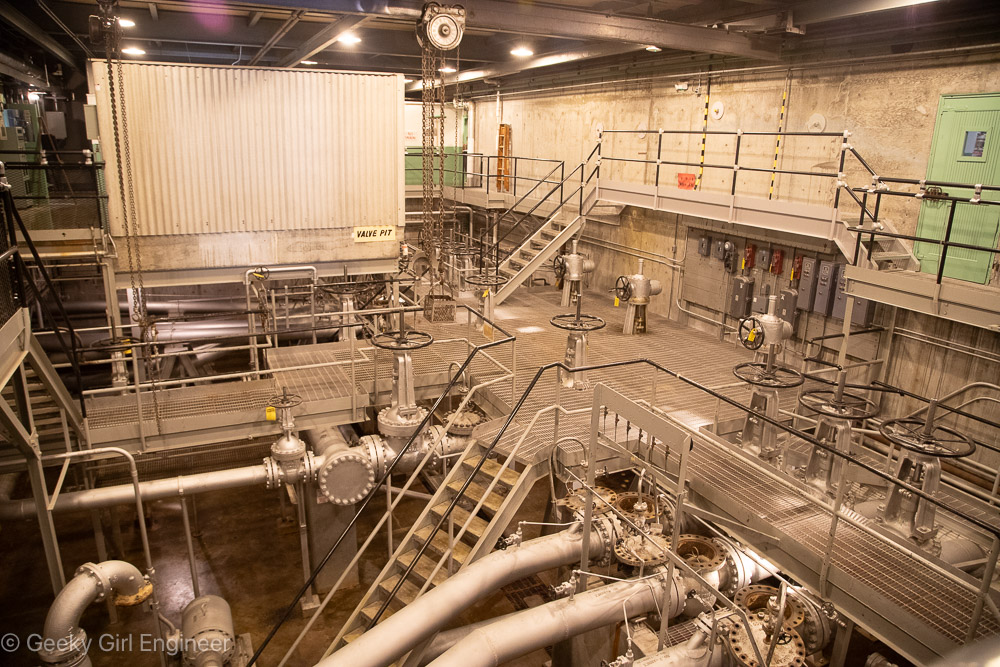
Valve Pit Room; notice in lower right, tops have been removed from access openings; tops were removed at Russian inspectors’ request to prove no water was going through pipes as part of treaty to reduce nuclear weapons
Total Solar Eclipse
I came to Niagara Falls for the 2024 total solar eclipse with the idea of spectacular images of the eclipse above the falls. Unfortunately the weather did not cooperate. I was really lucky with clear skies for the 2017 eclipse, so the overcast skies was really disappointing. I got a couple of glimpses of the partial eclipse. Totality did not disappoint. It’s been seven years since I last experienced totality, but I feel like totality was more dramatic this time. It was so overcast that it was already cool and not bright, so when totality hit, it felt very much like night and was very dark.
Old Quebec City
I have been in old Quebec City for three full days, and it has been a lovely visit. Old Quebec is compact and walkable with the exception of the fact that old Quebec is really just a series of stairs and slopes. Thus something may be just four blocks away, but it is also the equivalent of eight stories higher, so plan accordingly. The old town is surrounded by its original fortification walls, with a citadel at the highest point. Many of the streets are cobblestone, and most of the buildings are clearly original.
- St. Louis Gate
- St. John Gate
- Governor’s Promenade
- Dufferin Terrace and Fairmont Le Château Frontenac
- Rue des Remparts
- Place Royale and Notre Dame Des Victoires
- Place Royal, the first column of windows on the second building are just openings, as there is a staircase hidden in that section of the building connecting to the street behind
- Quebec City Mural
- Breakneck Steps
- Umbrella Alley
- Côte de la Montagne, view from Prescott Gate
- Residential buildings
- La Chasse-Galerie Boutique
- Parc Couillard
- Residential buildings
- Restaurant with decorated windows
- Residential buildings (possibly B&B) on Rle des Ursulines
- Rue Sous-le-Fort
Montmorency Falls
Just outside of Old Quebec City, (as in 15 minutes by car or 40 minutes by public bus), is Montmorency Falls, or Chute Montmorency, which I prefer. The falls are beautiful, and there is a park around it. There is a pedestrian bridge across the top of the falls, and a cable car from the top to the bottom. There are boardwalks at the bottom, and they appear to be building more or possibly renovating the old ones, as currently you can only access one side plus a boardwalk across the river at the base of the falls.
Québec City Sightseeing Cruise
Québec City (Ville de Québec) sits on the St. Lawrence River, which is (surprisingly to me) a huge river. A company offers short sightseeing cruises along the river that go as far as the bridge to Orleans Island (l’Ile d’Orleans). Right where the boat turns around, you can get pretty good views of Montmorency Falls (la chute Montmorency). [My knowledge of French is pretty much limited to words from ballet and Louisiana and words that are similar to my rudimentary Spanish and Latin knowledge. I am starting to enjoy specific French words like “chute.”] The cruise also provided lovely views of the port of Québec City (Port de Québec), l’Ile d’Orleans, and Lévis, which is across the river from Québec.
National Assembly of Quebec
I have noted before that I want to see all the U.S. state capitols. I am in Quebec, so I decided to see its provincial capitol and add that to my list. They call their capitol the National Assembly of Quebec. It consists of one chamber. They used to also have the Legislature Council, which was akin to the British House of Lords. I am sure it was explained on the tour why and when they got rid of it, but I missed it. In any event, the current capitol is the fourth one. I have noticed a theme with U.S. state capitols that they are not in the original buildings. In many cases, they need a bigger building, but in many cases, the capitol burned down. Quebec has a combination of those reasons. The first one was too small, and the second and third buildings burned down. The current building also was a bit too small evidently as they added onto it. We only saw a small portion of the building, and the new entrance for visitors is underground and then connects to a new building, which connects to the old building.
The building is very French in style. Inside, there is symbolism one would expect, including French and British. The chambers are modeled after the British House of Commons and House of Lords. My favorite bit of trivia I learned was that the National Assembly room was originally green like the House of Commons, but when proceedings started being televised, the politicians didn’t like the way they looked with all the green in the room, so the room was repainted blue with all other accents changed from green to blue. The blue works well with the Quebec flag, but it wasn’t changed because of the flag. It was changed because politicians didn’t think they looked good with a green background. The two chambers are mirror images, except the color, artwork, and furniture. They wouldn’t let us take photos in the National Assembly room, which really disappointed me. They had photos of each room outside, so I am including a photo of their photo.
Montreal Museum of Archaeology and History
I am currently in Montreal for the second time. The first trip was short, but I visited the Montreal Museum of Archaeology and History, and I really liked it. This trip is also short, but I had time to visit the museum again. Most of the museum is underground in an archeological site of old Montreal. You can walk around the stone walls of buildings that used to stand on the site. The museum does a really nice job of projecting onto the ruins lines and text, so you can understand at what you are looking. They also have stairs, so you can climb on top of ruins and look down onto them without damaging them. Further, in some areas, they have lights hanging from the ceiling that light up during an audio explanation of what is at the site, so the lights emphasize what the used to be at the site based on the ruins.

Foundation of the former Royal Insurance building with a projection showing the inverted arch of the foundation
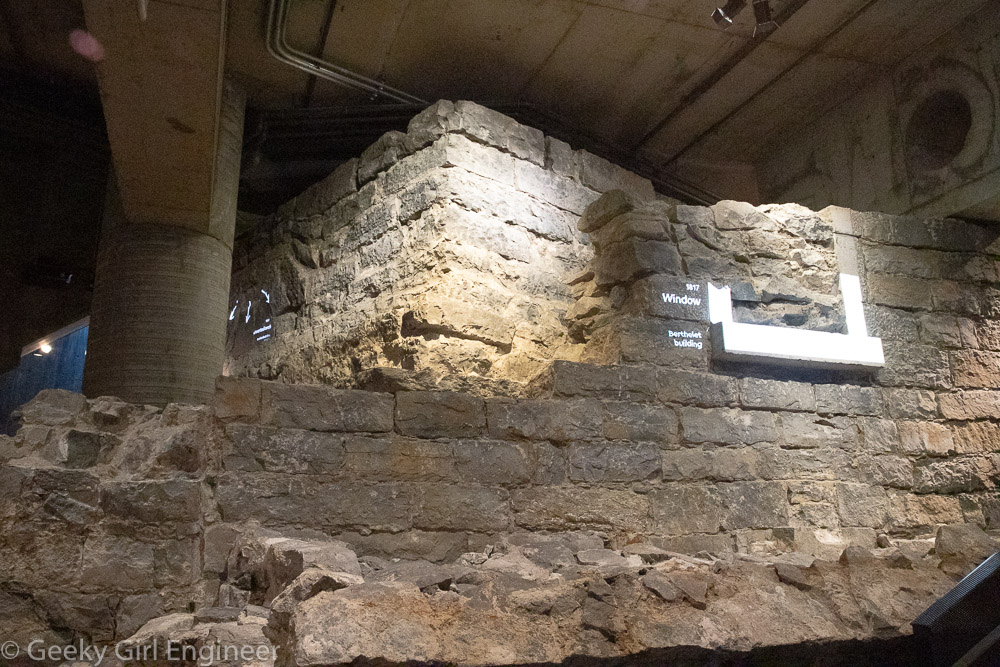
Foundation of the former Royal Insurance building and projection showing window of Berthelet building

